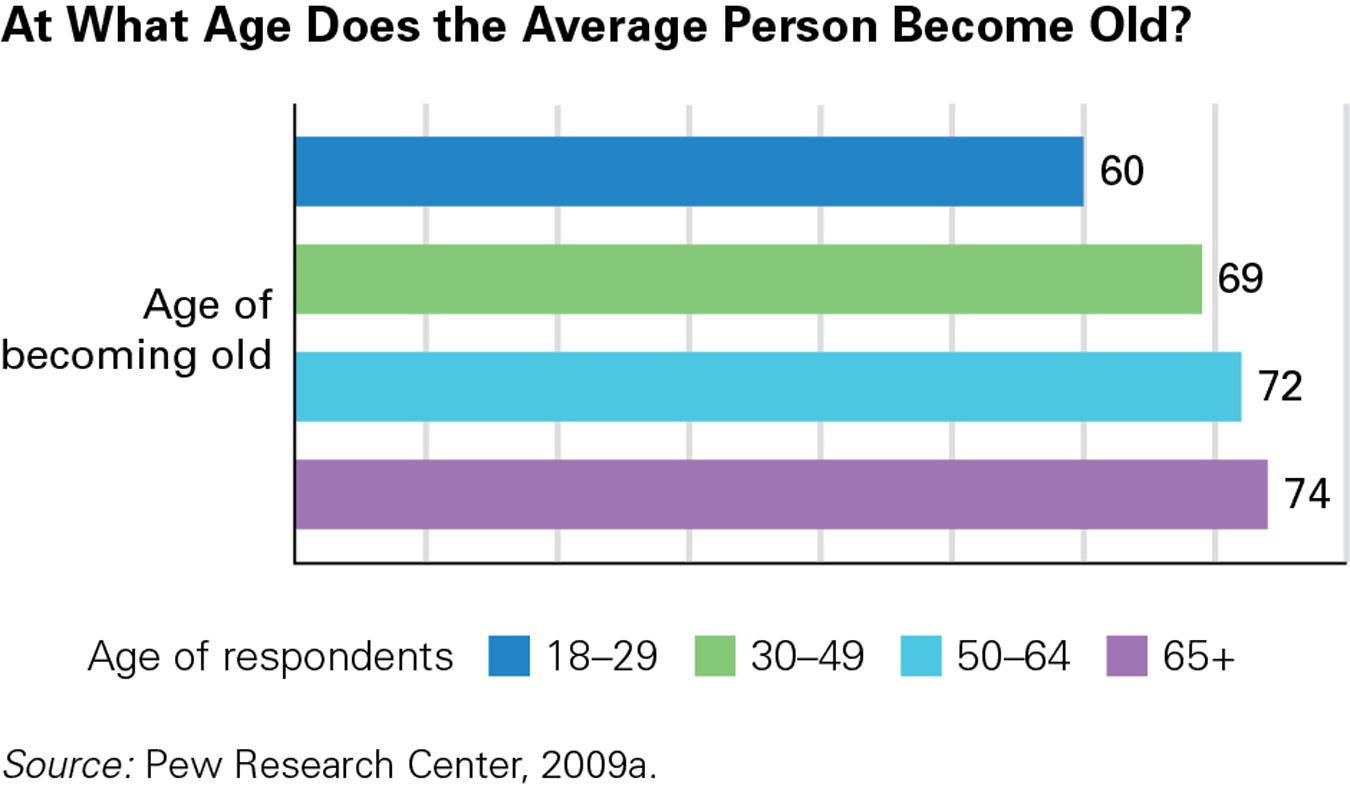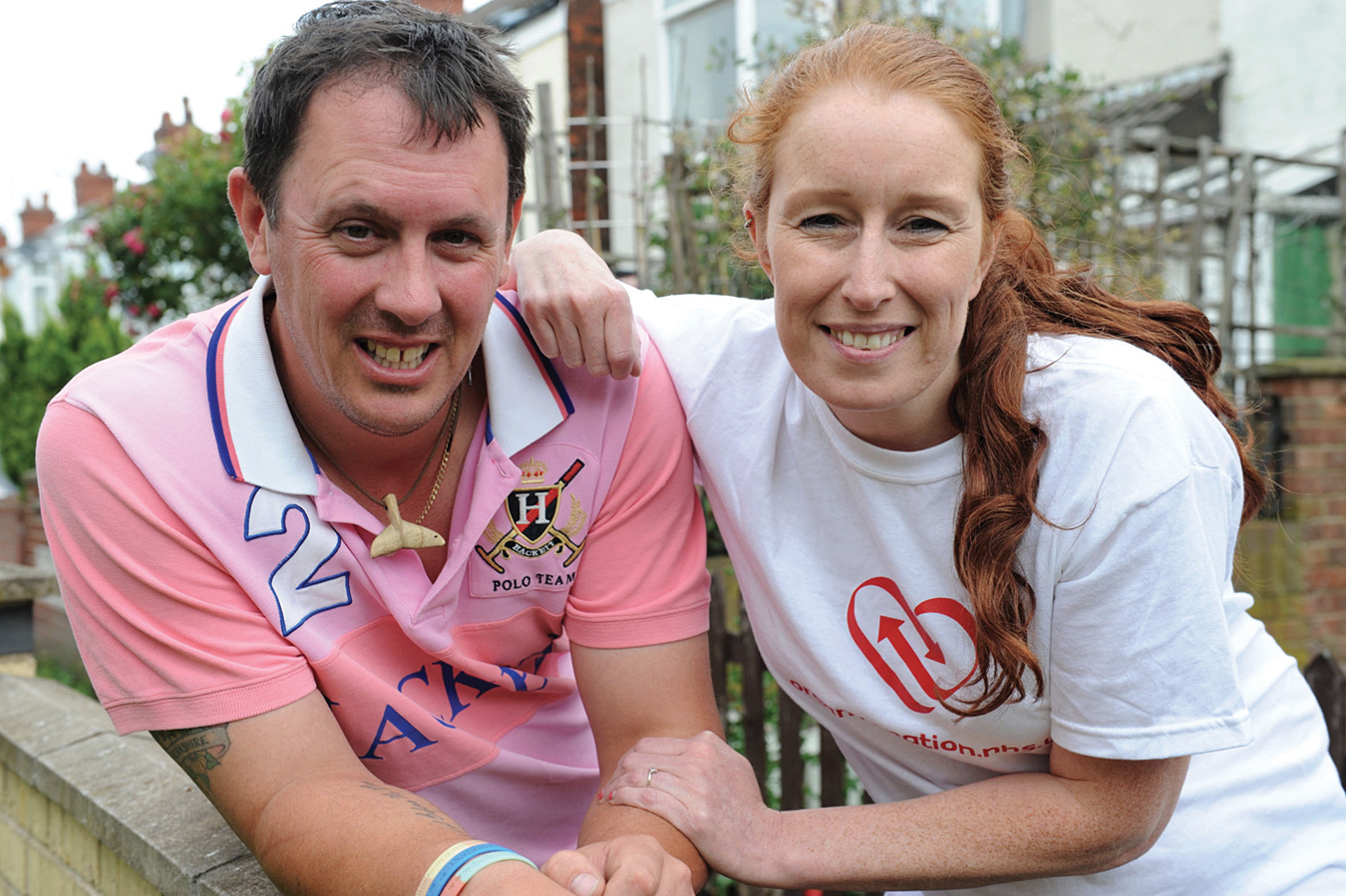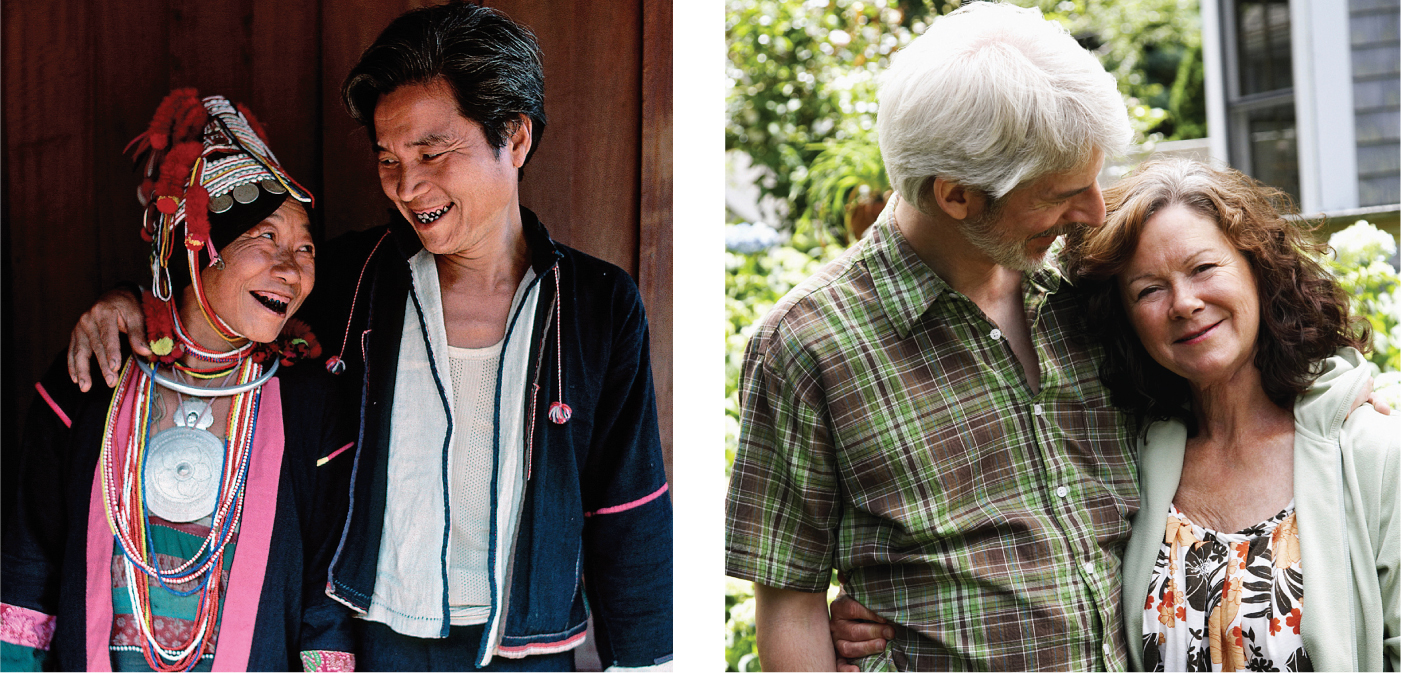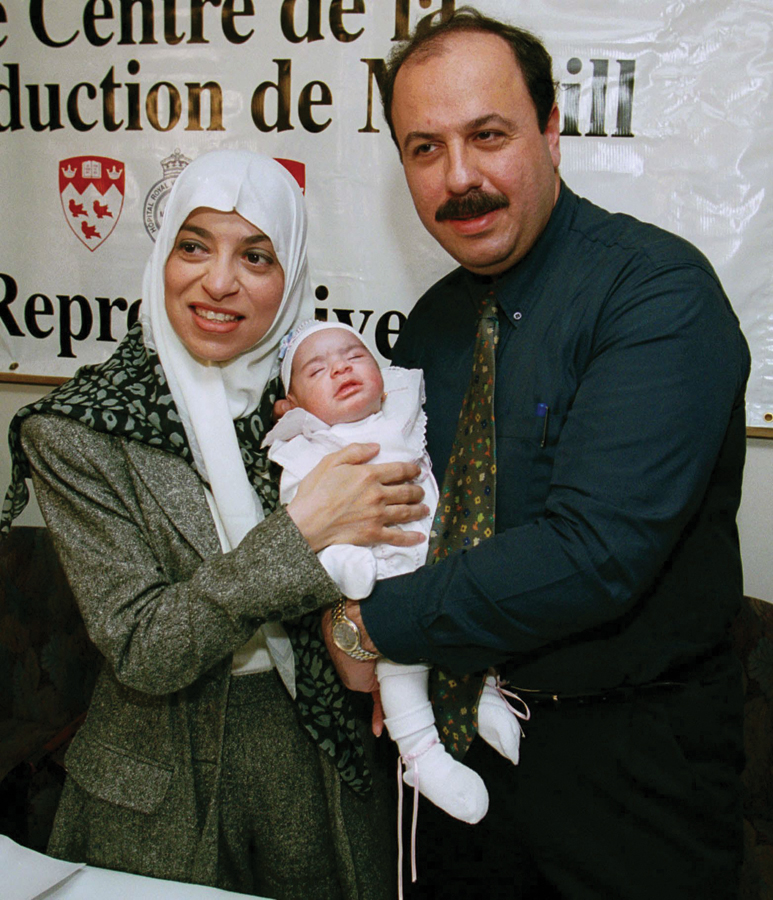12.1 Senescence
Everyone ages. As soon as growth stops, senescence, a gradual physical aging over time, begins. Senescence affects every part of the body, visible and invisible.
In some cultures, aging is devalued and senescence has a negative connotation, but aging can be positive. From a developmental perspective, every period of life is multidirectional. Our scientific study of life-
The Experience of Aging
Although we are all aging, senescence often goes unacknowledged until late in adulthood. Typically, 30-

Organ reserve is a characteristic of every organ that allows normal functioning throughout the adult years. Because organ reserve is built into the human body, people rarely notice that their hearts, lungs, and so on are losing capacity. That reserve power decreases each year, but it usually does not matter because people rarely need to depend on it. Bodies function well throughout middle age unless major stress has caused too much extra strength to ebb away. Furthermore, all the parts of the body work in harmony. Homeostasis—a balance among various parts of the body systems—
Related to homeostasis is allostasis, a dynamic body adjustment over time that affects overall physiology. The main difference between homeostasis and allostasis is time: Homeostasis requires an immediate response from the body systems, whereas allostasis requires longer-
For example, how much a person eats daily is affected by many factors related to appetite—
429

Eating is related to a broader human need: how emotionally satisfied or distressed a person is. Many people overeat when they are upset or celebrating, and they eat less when they have recently exercised—
Over the years, allostasis becomes crucial: If a person overeats or starves day after day, the body suffers. In medical terminology, that person has an increased allostatic load; the short-
Thus, overeating and underexercising require not just adjustment for each moment (homeostasis), but also adjustment over decades. One heavy meal reduces appetite for the next few hours (homeostasis); years of obesity put increasing pressure on the allostatic system, so a new stress (such as running up three flights of stairs) may cause a major breakdown (such as a heart attack).
Since momentary stresses that become ongoing habits increase the allostatic load, the solution is to choose patterns that gradually become habits and decrease stress over the years—
Sex and Fertility
Most 60-
Sexual ResponsivenessSexual arousal occurs more slowly with age, and orgasm takes longer. These slowdowns are counterbalanced, however, by reduced anxiety, longer lovemaking, and better communication, as partners become more familiar with their own bodies and those of their partners. Any distress that exists is less connected to age than to troubled relationships, irrational fears, and unrealistic expectations (Duplassie & Daniluk, 2007; L. Siegel & Siegel, 2007).
According to a study of couples conducted in North America in the early 1990s, most adults of all ages enjoy “very high levels of emotional satisfaction and physical pleasure from sex within their relationships” (Laumann & Michael, 2000). That study found that men and women were likely to be extremely satisfied with sex if they were in a committed, monogamous relationship—
430

F1 ONLINE RM/NOVASTOCK/GETTY IMAGES
ReproductionBearing many children was crucial for societies and individuals in former centuries. Historically, pregnancy was welcomed, partly to compensate for the infants and teenagers who died. In Chapter 11, you learned that fertility peaks in the late teens and early 20s. However, with increasing numbers of women attaining higher levels of education and being career-
OBSERVATION QUIZ
What are some of the signs of closeness in these photos? 
Signs of closeness include arms around each other; bodies nestled together; inclining of heads toward each other and/or looking at each other; smiles; and relaxed faces.
Although infertility is still generally defined as the inability to conceive after a year of trying, age is now considered as a factor. For example, the Government of Canada considers women older than 35 infertile if they are unable to conceive after 6 months of trying (Government of Canada, 2013b).
About one in six Canadian couples experience infertility, a rate that has doubled since the 1980s (Government of Canada, 2013b). The cause of a couple’s infertility may be traced to either partner or to both. Out of every 10 times, three times the cause is in the man, four times the cause is in the woman, two times the cause is a mix of factors in both the man and the woman, and one time no specific cause can be found.
The most common cause of male infertility is a low sperm count. Conception is most likely if a man ejaculates more than 20 million sperm per millilitre of semen, two-
Age also reduces sperm count. Men older than 45 take five times as many months to impregnate a woman as do men who are younger than 25 (Hassan & Killick, 2003). (This study controlled for frequency of sex and age of the woman.) Pollution and stress, both of which accumulate with age, are factors too. Those factors may be the reason the number of viable sperm varies by geographic location—
431
Even more than for men, age slows down every step of female reproduction—
For both sexes, STIs interfere with healthy reproduction. Since the number of past partners increases with age, this may lead to greater chance of exposure to STIs, which may be another reason that age correlates with infertility.
The Government of Canada (2013b) has several recommendations for ways to increase fertility. These include eating a healthy diet, getting regular exercise, quitting smoking, decreasing alcohol consumption, and finding ways to decrease stress levels. Other suggestions are to ensure optimal timing of sexual intercourse, to take hormonal drugs to correct imbalances, and to have surgery to repair any damaged reproductive organs.
Culture and InfertilityInfertility occurs everywhere, but the impact depends on the culture. In some nations, Nigeria among them, a woman is not considered fully a woman until she bears a child. There, each year of infertility is a sad one (Hollos et al., 2009). In other nations, such as Germany, being childless by choice is an accepted, even admired, condition (Sobotka & Testa, 2008).
Currently in Canada and the United States, about 15 percent of all adult couples are infertile, some because they postponed child-
Although birth rates overall have declined in recent years, in many nations the birth rate among older women has increased. Despite the fact that the risk of infertility and birth complications increase with age, in 2009, 11 969 babies were born in Canada to women 40 years and older (Statistics Canada, 2009), with most babies and mothers quite healthy. A major reason for the increased birth rate after age 35 is that many older infertile couples seek medical assistance. It is no longer unusual for a couple to be married and childless for a decade or more, and then to have twins.
Fertility RestoredIn the past 40 years, advances in medicine have solved about half of all fertility problems. Surgery can repair male or female reproductive systems, and assisted reproductive technology (ART) helps many couples overcome various fertility obstacles (Sharif & Coomarasamy, 2012). For instance, drugs can precipitate ovulation, often of several ova. Or ova can be surgically removed from an ovary and fertilized in a glass lab dish. This is in vitro fertilization (IVF)—in vitro literally means “in glass.” One standard procedure, called intra-

IVF zygotes begin to duplicate in the glass dish, and at the 4-
432
Millions of formerly childless couples, either infertile or samesex, have become parents. Their children are not necessarily their genetic offspring. Many families adopt. In addition, donated sperm have been used for decades, resulting in millions of babies born after intrauterine insemination (formerly called artificial insemination). Donor ova and donor wombs (when an IVF embryo is implanted in a woman who did not provide the ovum) are also increasingly common.
Birth defects and later illnesses increase slightly with IVF (Kalra & Barnhart, 2011; C. Williams et al., 2010), but the risk is small: About 97 percent of all IVF newborns have no apparent defects. Not small, however, is the risk of prematurity and low birth weight. A Canadian meta-
The Aging Brain
Like every other part of the body, the brain also slows down with age. Neurons fire more slowly, and messages sent from the axon of one neuron are not picked up as quickly by the dendrites of other neurons. One result is that reaction time lengthens. In addition, multi-
A few individuals (less than 1 percent of those under age 65) experience significant brain loss with age; they “encounter a catastrophic rate of cognitive decline, passing through…the dementia threshold” (Dangour et al., 2007). But for most adults, brain changes do not correlate with intellectual power (Greenwood & Parasuraman, 2012). Adults can perform the brain equivalent of a marathon—
If severe brain loss occurs before late adulthood, the cause is not normal senescence but one of the following:
- Drug abuse. All psychoactive drugs harm the brain, especially prolonged, excessive use of alcohol, which can cause Wernicke-
Korsakoff syndrome (“wet brain”). - Poor circulation. Everything that impairs blood flow—
such as hypertension (high blood pressure) and heavy cigarette smoking— also impairs cognition. - Viruses. The blood–
brain barrier keeps most viruses away, but a few— including HIV and the prion that causes bovine spongiform encephalopathy (“mad cow disease”)—can destroy neurons. - Genes. About 1 in 1000 people inherits a dominant gene for Alzheimer’s disease, which destroys memory. Other uncommon genes also affect the brain.
Later in this chapter, we will describe adult cognitive development. Intellectual abilities can rise, fall, zigzag, or stay the same, partly dependent on specifics of each individual’s life. This again illustrates the life-
433
Sense Organs

Although brain changes are usually insignificant until late adulthood, significant sensory changes occur in almost everyone. Each sense becomes less acute with age. Specifics of which part of vision, hearing, and so on changes depend on genes, experience, and programmed senescence, which vary by particulars. For example, with sight, peripheral (sidelong) vision ages faster than frontal vision, perception of some colours fades more quickly than that of others, and nearsightedness decreases as farsightedness increases. This explains why, compared with 20-
Variable losses also occur in hearing, which is most acute at about age 10. Sounds at high frequencies (e.g., the voice of a small child) become inaudible sooner than do sounds at low frequencies (e.g., a low booming voice).
For contemporary middle-
The senses of taste and smell, as well as one’s balance, are also affected by age throughout adulthood. The variations are usually not noticeable to the individual, but they are detectable in laboratory measurements.
Physical Appearance
As you have just read, the invisible changes of senescence do not affect daily life for most contemporary adults. However, visible changes may be disconcerting. In an age-
Skin and HairThe first visible changes are in the skin, which becomes dryer and rougher. Collagen, a component of the body’s connective tissue, decreases by about 1 percent every year after age 20 (M. L. Timiras, 2007). Skin becomes thinner and less flexible; the cells just beneath the surface are more variable; wrinkles appear, particularly around the eyes. Diet has an effect (fat slows down wrinkling), but aging is apparent in every layer of the skin for everyone (Nagata et al., 2010).
Especially on the face (exposed to sun, rain, heat, cold, and pollution), the skin loses firmness and elasticity (Whitbourne, 2008). These changes are almost imperceptible, but if you meet a typical pair of siblings, aged 18 and 28, you can tell by their skin which one is older. By age 60, all faces are wrinkled—
Hair usually turns grey and thins, first at the temples by age 40, and then over the rest of the scalp. This does not affect health, but since hair is a visible sign of aging, adults often spend money and time on colouring, thickening, styling, and more. Body hair (on the arms, legs, and pubic area) also becomes thinner and lighter. An occasional thick, unwanted hair may appear on the chin, inside the nose, or somewhere else on the body.
434
Shape and AgilityThe body also changes shape between ages 25 and 65. A “middle-
By late middle age, back muscles, connective tissue, and bones lose density, making the vertebrae in the spine shrink. People lose about 2 to 3 centimetres of height by age 65. That loss occurs not in leg bones but in the trunk, with compression of the space between spinal discs (Tilling et al., 2006)—another reason that waists widen.
Agility is also reduced. Consequently, rising from sitting on the floor, twisting in a dance, or even walking “with a spring in your step” is harder. The joints lose flexibility; stiffness is more evident; bending is harder, especially by middle age.
The aging of the body is most evident in sports that require strength, agility, and speed: Gymnasts, boxers, and basketball players benefit from youth. Of course, the intellectual and emotional gains of adulthood may compensate for the physiological slowdowns: Some 30-
Declining Hormones
Over the decades of adulthood, the level of hormones in the bloodstream decreases, altering sleep patterns, appetite, and the appearance changes just noted. The decline in sex hormones, which occurs suddenly in women and more gradually in men, is the hormonal change that adults notice most, since it affects desire and behaviour.
MenopauseFor women, ovulation and menstruation stop at menopause, when estrogen levels fall. This occurs naturally between ages 42 and 58 (the average age is 51). Genes are an important influence on a woman’s age at menopause (Morris et al., 2011).
Common symptoms of menopause are disturbances of body temperature—
The historical Western notion that menopausal women “temporarily lose their minds” (Neugarten & Neugarten, 1986) contrasts with the traditional view among Hindi women in India that menopause represents liberation (Menon, 2001). The latter reaction is becoming more common in North America as well, as women typically are less depressed and less anxious five years after menopause than five years before (Gibson et al., 2012).
Over the past 30 years, millions of women undergoing hormone replacement therapy (HRT) took hormone supplements, usually estrogen combined with progesterone, to alleviate common menopause symptoms. In addition, correlational studies originally found that heart disease, strokes, and neurocognitive disorders occurred less often with estrogen, which prompted many women to use HRT for decades.
Researchers now believe that a third variable, SES, was the reason HRT-
435
When that result was publicized, millions of women around the world stopped HRT—
A medical review stresses the variability of risk, complaining that the early presentation of the Women’s Health Initiative results may have disadvantaged nearly a decade of women who may have unnecessarily suffered severe menopausal symptoms (Sturdee & Pines, 2011). Estrogen may aid cognition, if not prevent neurocognitive disorders (Erickson & Korol, 2009; Greenwood & Parasuraman, 2012), and risks and benefits vary from person to person (Stevenson et al., 2011).
A hysterectomy (surgical removal of the uterus) usually includes removal of the ovaries, which causes sudden menopause if the woman has not already experienced it naturally. About 320 per 100 000 Canadian women in 2011 had a hysterectomy (Statistics Canada, 2013d). Rates vary by cohort, region, and nation. For example, Saskatchewan has the highest rate of hysterectomies in Canada, at 469 per 100 000 women, followed by Nova Scotia at 411. The lowest provincial rate in Canada is in British Columbia, at 285. Hysterectomy rates are falling in many places as the risks of surgery and the benefits of estrogen, when naturally produced by the ovaries, become better known.
Andropause?Hormone replacement for men is likewise controversial. The debate begins by asking whether men undergo anything like menopause. Some suggest that many men experience an age-
To combat a decline in testosterone, some men choose HRT, in their case taking testosterone (some women also take smaller amounts of testosterone to increase their sexual desire). Doctors are understandably cautious about prescribing HRT to men, as they are with women; supplemental hormones may be harmful (Bhasin, 2007; Moffat, 2005; Sokol, 2009). Overdoses of testosterone by athletes have led to sudden cardiac arrest. Yet low testosterone correlates with increased risk of heart disease (Kaushik et al., 2010). This debate is not settled, but all the evidence finds that adult health, for both men and women, depends more on habits than on hormones.
KEY Points
- Aging is universal, but the meaning of senescence depends on the individual and on cultural factors.
- Fertility decreases with time. Many infertile couples use assisted reproductive technology, especially IVF.
- Brains, muscles, and the senses are notably affected by age, but few adults in developed nations are debilitated by these changes.
- Menopause is universal, but reactions to it vary. Experts do not agree about the existence of andropause or about the use of hormonal supplements.
436